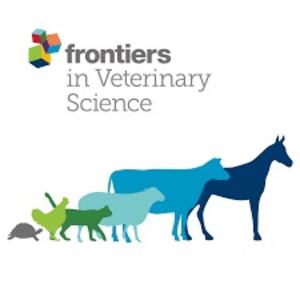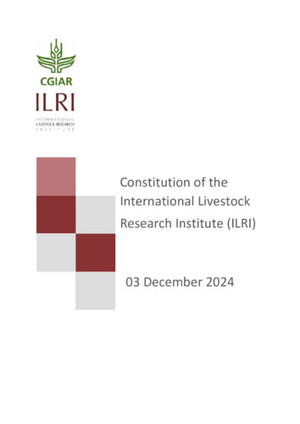
Identification of temporary livestock enclosures in Kenya from multi-temporal PlanetScope imagery
Abstract
The use of night-time livestock enclosures, often referred to as "bomas", "corrals", or "kraals", is a common practice across African rangelands. Bomas protect livestock from predation by wildlife and potential theft. Due to the concentration of animal faeces inside bomas, they not only become nutrient-rich patches that can add to biodiversity, but also hotspots for the emission of nitrous oxide (N2O), an important greenhouse gas, especially when animals are kept inside for long periods. To provide an accurate estimate of such emissions for wider landscapes, bomas need to be accounted for. Moreover, initial experiments indicated that more frequent shifts in the boma locations could help to reduce N2O emissions. This stresses the need for better understanding where bomas are located, their numbers, as well as when they are actively used. Given the recent advances in satellite technology, resulting in high-frequent spectral measurements at fine spatial resolution, solutions to address these needs are now within reach. This study is a first effort to map and monitor the appearance of bomas with the use of satellite image time series. Our main dataset was a dense times series of 3 m resolution PlanetScope multispectral imagery. In addition, a reference dataset of boma and non-boma locations was created using GPS-collar tracking data and 0.5 m resolution Pléiades imagery. The reduction of vegetation cover and increase of organic material following boma installation result in typical spectral changes when contrasted against its surroundings. Based on these spectral changes we devised an empirical approach to infer approximate boma installation dates from PlanetScope's near infrared (NIR) band and used our reference dataset for setting optimal parameter values. A NIR spatial difference index resulted in clear temporal patterns, which were more apparent during the wet season. At landscape scale our approach reveals clear spatio-temporal patterns of boma installation, which could not be revealed from less frequent sub-meter resolution imagery alone. While further improvements are possible, we show that small-sized (150–500 m2) temporary surface changes, such as those that occur when pastoralists use mobile bomas, can be detected with dense image time series like those offered by the PlanetScope constellation. In future, this could lead to better assessment of a) spatio-temporal livestock distribution, b) the contribution of bomas to N2O emissions and soil fertility at landscape scale, and c) the uptake of enclosure rotation practices at large spatial scales.
Citation
Vrieling, A., Fava, F., Leitner, S., Merbold, L., Cheng, Y., Nakalema, T., Groen, T. and Butterbach-Bahl, K. 2022. Identification of temporary livestock enclosures in Kenya from multi-temporal PlanetScope imagery. Remote Sensing of Environment 279:113110.










